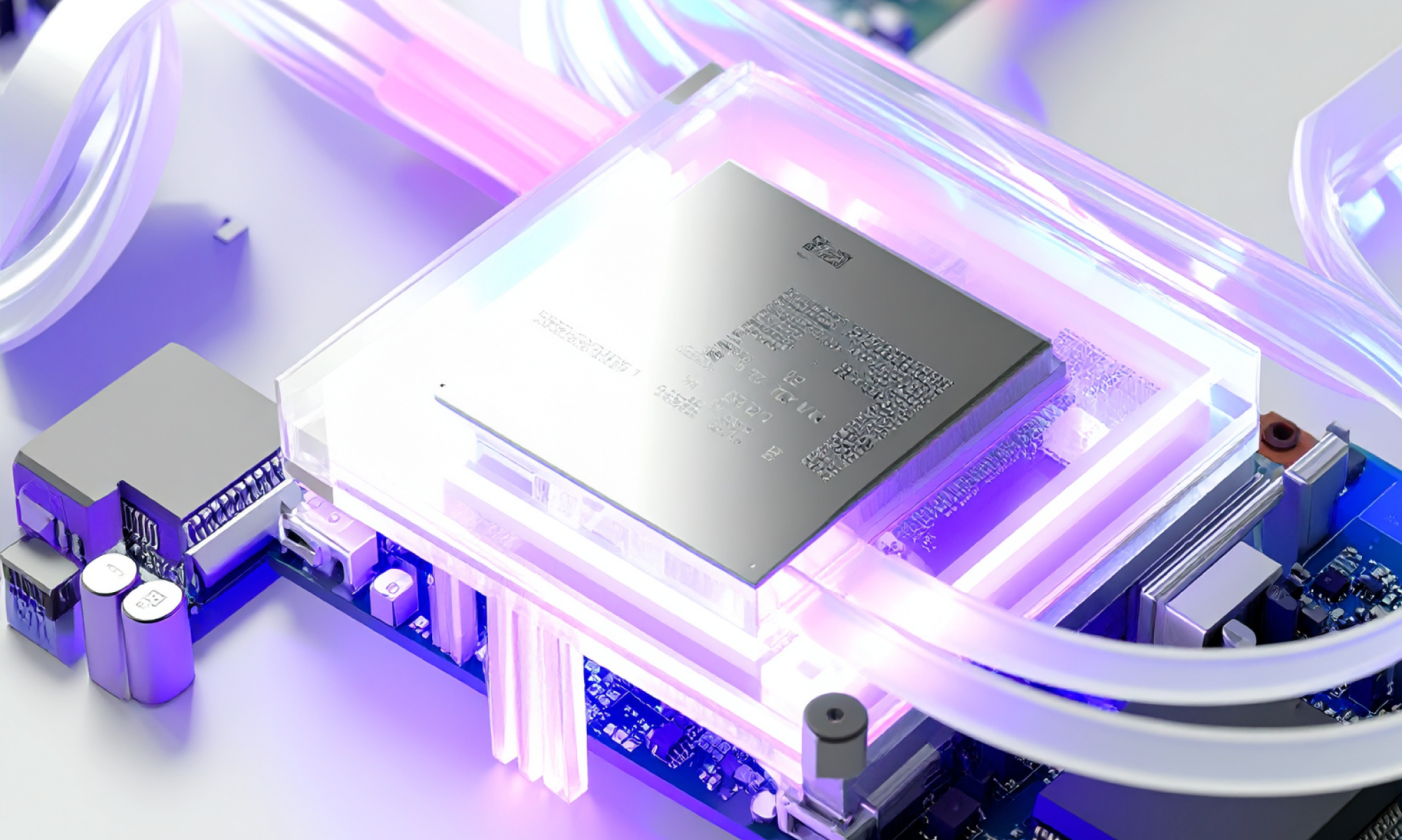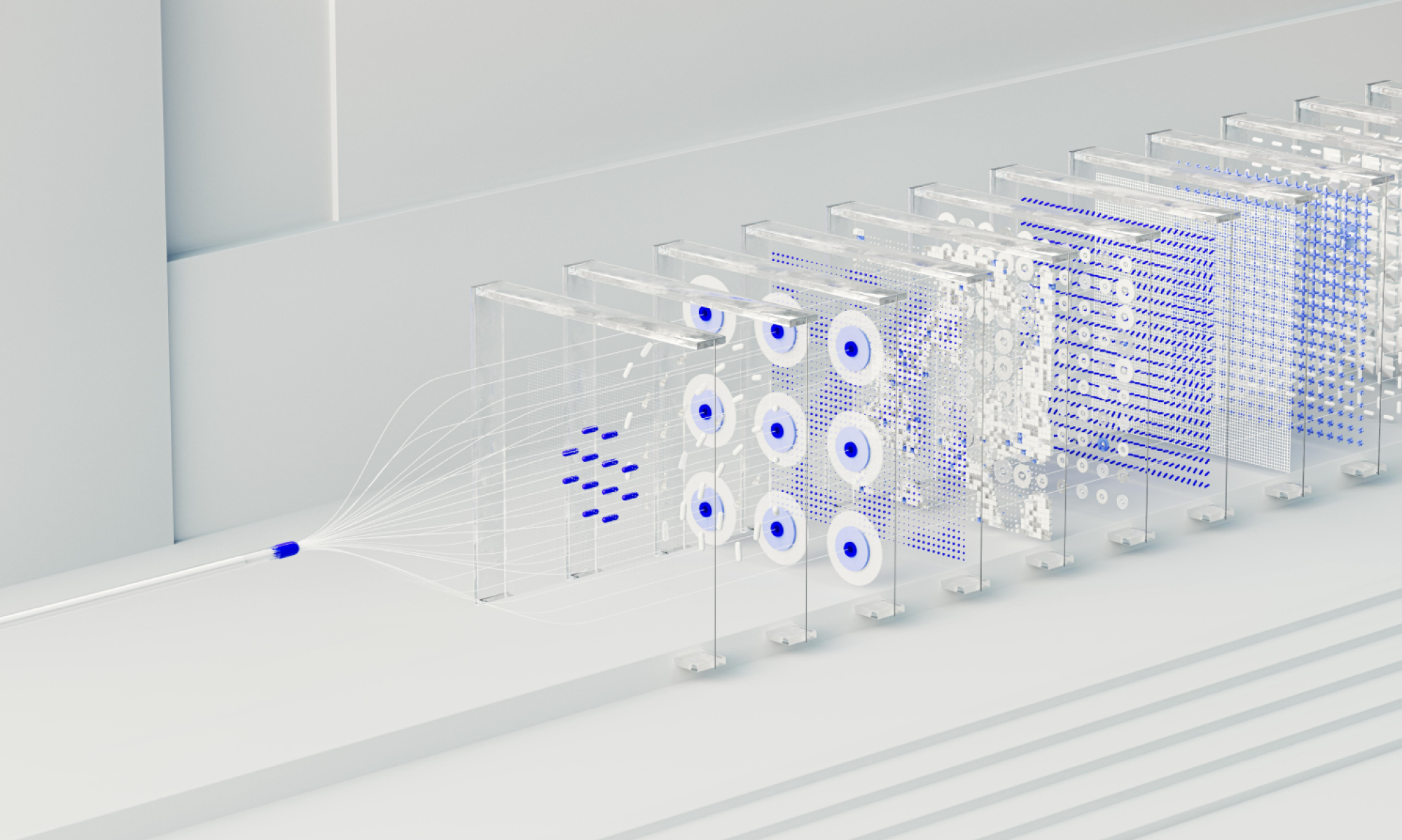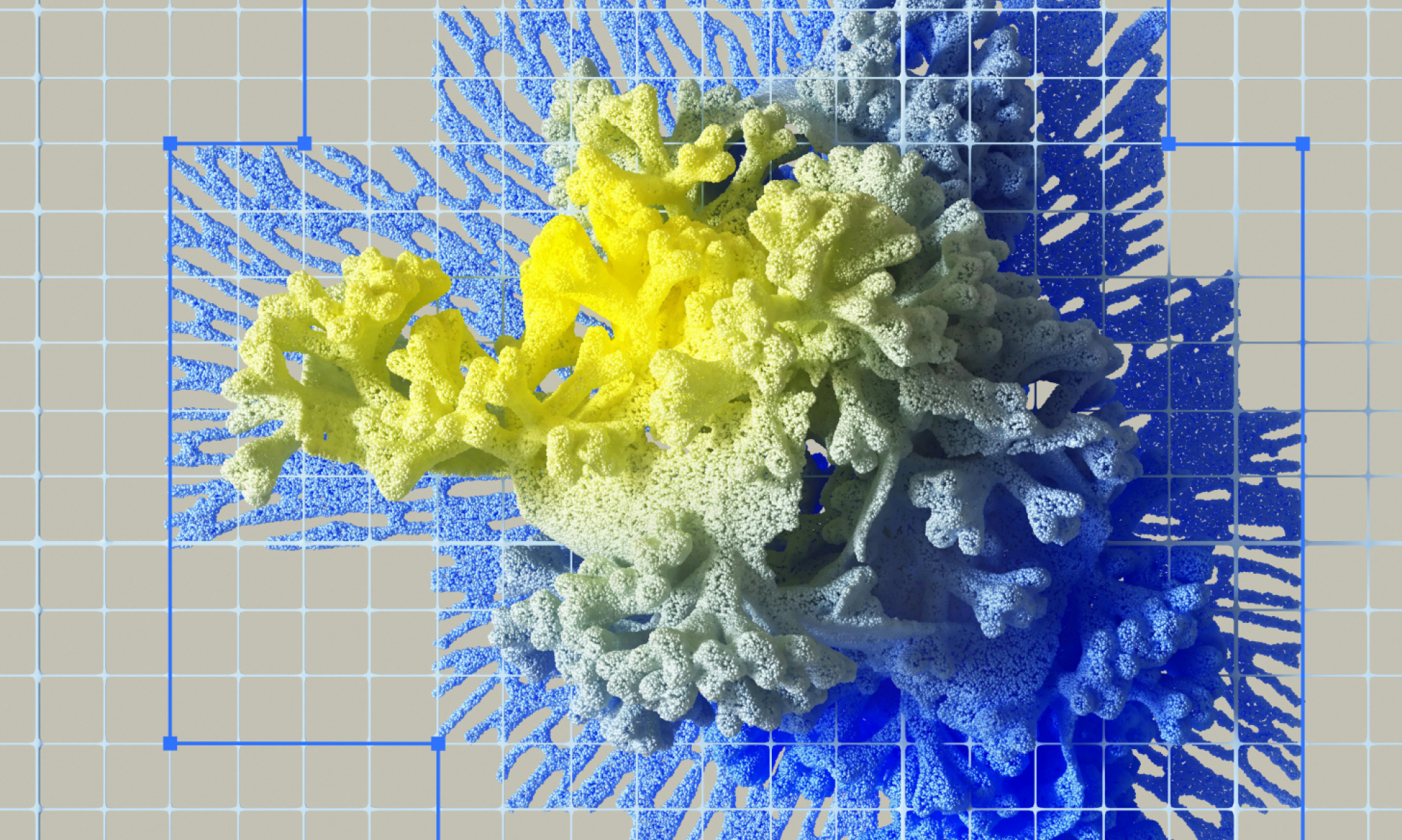AI
our blog
Understanding UI Design: Definition, Evolution, and Key Traits

Overview
The article delves into the realm of UI design, defining its core concepts, tracing its evolution, and identifying the key characteristics that significantly contribute to user satisfaction and business growth. It underscores the fact that effective UI design is not just an aesthetic choice but a crucial element in enhancing user experiences and driving revenue. This is supported by compelling statistics that illustrate the substantial returns on investment and the potential for increased conversion rates. By understanding these dynamics, businesses can better align their UI strategies with user needs, ultimately fostering growth and success.
Introduction
UI design stands at the intersection of art and technology, fundamentally shaping how users interact with digital products and influencing their overall experience. As the digital landscape evolves, understanding the core concepts, historical development, and key characteristics of effective UI design becomes increasingly vital for businesses aiming to thrive. With user expectations rising and competition intensifying, organizations must consider how to ensure their interfaces not only attract but also retain users. This exploration delves into the significance of UI design, revealing its profound impact on user engagement and business growth.
Define UI Design: Core Concepts and Significance
UI design is both an art and a science focused on crafting interfaces for software and digital devices, primarily aimed at maximizing usability and enhancing user experience. This intricate process requires careful consideration of layout, visual components, and interactive features that users engage with.
The significance of UI design cannot be overstated; it facilitates seamless interaction with digital products while ensuring that these products remain intuitive, efficient, and enjoyable to use. A well-executed UI design can dramatically elevate user satisfaction and engagement, with studies demonstrating that a thoughtfully designed UI can increase website conversions by up to 200%. Moreover, enhanced UI design can lead to an impressive 400% boost in conversions.
As we approach 2025, the importance of UI design will only escalate, as users increasingly expect personalized and captivating experiences. Successful UI design initiatives, such as those executed by Studio Graphene for clients like Peckwater Brands and Volograms, exemplify how intentional aesthetics can significantly enhance user engagement and satisfaction.
In a landscape where 94% of first impressions are tied to aesthetics and 90% of users cite poor visuals as a primary reason for distrust in a website, investing in high-quality UI design is essential for any digital product aspiring to succeed. With over 1,600 global brands relying on Studio Graphene, their expertise in UI design underscores the critical role of effective visuals in achieving business objectives.

Trace the Evolution of UI Design: Historical Context and Development
The evolution of UI design has its origins in the early days of computing, when command-line systems dominated. As technology advanced, the emergence of graphical visual displays (GVDs) in the 1980s allowed users to interact with visual elements such as windows, icons, and menus. The introduction of the mouse as a primary input device revolutionized this interaction, making it significantly more intuitive. Furthermore, the 2000s saw a surge in mobile devices, leading to the development of adaptable layouts that ensured displays could adjust seamlessly to various screen sizes.
Today, the evolution of UI design continues, embracing trends such as voice interfaces, augmented reality, and AI-driven personalization. These advancements reflect an ongoing commitment to innovation in user engagement. Recent initiatives, such as the development of a user-friendly mobile application and web platform for Alchemy Wings, exemplify how modern UI aesthetics leverage technologies like React.js, Node.js, and AWS services. This approach not only streamlines ordering processes but also enhances operational efficiency by incorporating features such as detailed sales data access and a delivery validation system.
In conclusion, the trajectory of UI design highlights a relentless pursuit of improved user experiences, emphasizing the need for continual adaptation to emerging technologies and user expectations.

Identify Key Characteristics of Effective UI Design
Several key traits characterize effective UI design: clarity, consistency, feedback, and accessibility. Clarity ensures that individuals can effortlessly navigate the layout, while consistency maintains a cohesive appearance and experience across various screens and components. Feedback, including visual cues or alerts, informs individuals about their actions and the system's responses. Accessibility is vital, ensuring that the interface is functional for individuals with diverse abilities, particularly noting that 1.3 billion people globally face insufficient digital interactions.
Furthermore, visual appeal plays a crucial role in attracting users; an aesthetically pleasing layout can significantly enhance the overall experience. Research indicates that 52% of individuals cite aesthetics as a primary reason for not revisiting an application. Moreover, for every $1 invested in UX, there is an average return of $100, leading to an impressive ROI of 9,900%. This statistic underscores the financial advantages of effective UI design.
Together, these traits create a UI design that is both functional and enjoyable to use, ultimately enhancing user satisfaction and retention. As emphasized by HubSpot Blog, the direct relationship between UX/UI aesthetics and conversion rates highlights the importance of these components in achieving business objectives.

Explain the Importance of UI Design in User Experience and Business Growth
The creation of UI design is essential in shaping user interaction (UX), directly influencing user satisfaction and loyalty. A well-crafted interface minimizes frustration, simplifies navigation, and improves overall usability, resulting in increased engagement rates. Research indicates that companies investing in high-quality user interfaces can achieve an impressive return on investment, with every dollar spent averaging a $100 return, as evidenced by Forrester's findings. This investment leads to enhanced customer loyalty, lower support costs, and improved conversion rates.
For instance, businesses that prioritize user interface aesthetics often observe a 200% increase in conversion rates, underscoring its critical role in driving revenue growth. In today's competitive environment, effective UI design acts as a vital differentiator, allowing organizations to distinguish themselves and build enduring relationships with their customers.
Notable case studies, such as Citibank's $500 million loss due to poor UX, highlight the financial repercussions of neglecting UI considerations. Furthermore, data reveals that 32% of consumers would disengage from a brand after a single negative experience, emphasizing the necessity of effective UI in retaining customers. Conversely, companies that integrate consumer research throughout the product development cycle report a 30% to 70% improvement in business metrics, illustrating the tangible benefits of investing in customer-centric development.
As user expectations continue to evolve, the importance of UI design in driving business growth and enhancing user experience is paramount.

Conclusion
UI design is a pivotal component in the development of effective digital interfaces, merging artistic creativity with scientific principles to elevate user interaction and satisfaction. Its significance transcends mere aesthetics; it is essential for crafting intuitive, engaging, and efficient experiences that resonate with users. As the digital landscape continues to evolve, the importance of UI design will only increase, highlighting the necessity for businesses to prioritize it within their strategies.
This article examines the historical evolution of UI design, tracing its journey from command-line systems to the advanced, technology-driven interfaces we encounter today. Key attributes of effective UI design—clarity, consistency, feedback, and accessibility—are underscored as vital traits that contribute to user satisfaction and retention. Moreover, the financial ramifications of investing in UI design are explored, showcasing a compelling return on investment and the potential for substantial increases in conversion rates.
Ultimately, the significance of UI design extends beyond functionality; it serves as a crucial driver of business growth and user loyalty. As user expectations evolve, organizations must adopt innovative design practices to maintain competitiveness. By recognizing and implementing the principles of effective UI design, businesses can cultivate deeper connections with their users, ensuring a rewarding experience that not only meets but surpasses their needs.









